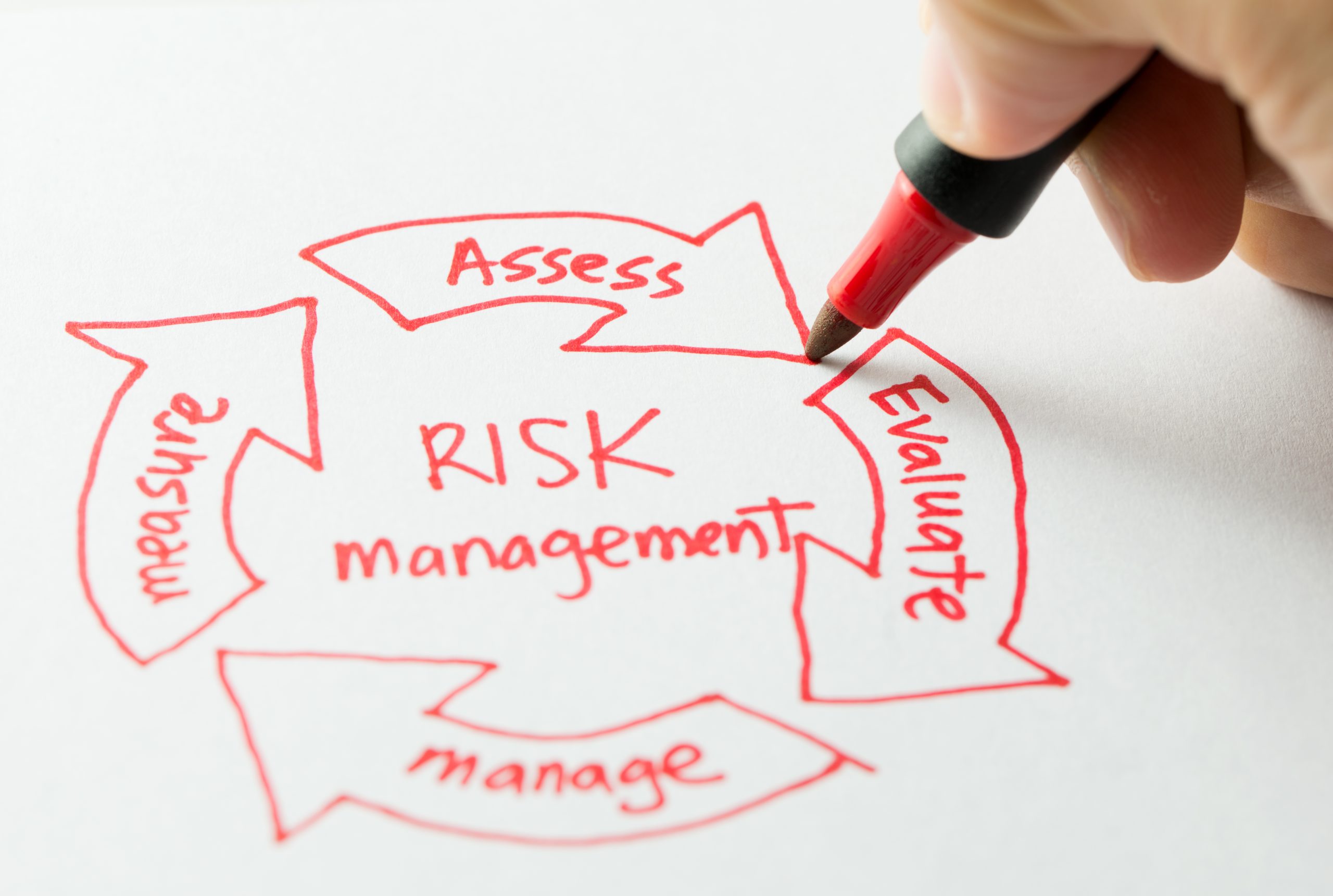Risk management is an essential aspect of running a successful business. In today’s rapidly changing economic landscape, companies face a myriad of risks, from financial uncertainties to operational challenges. Effective risk management allows businesses to anticipate potential problems, minimize losses, and seize opportunities that may arise from unexpected situations.
What is Risk Management?
At its core, risk management is the process of identifying, assessing, and prioritizing risks, followed by the application of resources to minimize, monitor, and control the probability or impact of these risks. The ultimate goal is to ensure that the business can achieve its objectives despite the uncertainties it may face.
Key Components of Risk Management
- Risk Identification:
- The first step in risk management is identifying potential risks that could affect the business. These risks could be financial, operational, strategic, or external (such as market fluctuations or regulatory changes). Effective risk identification involves understanding the business environment and the specific challenges that your industry faces.
- Risk Assessment:
- Once risks are identified, they need to be assessed in terms of their potential impact and likelihood. This involves both qualitative and quantitative analysis. For example, a qualitative assessment might involve brainstorming sessions with key stakeholders, while a quantitative assessment could involve financial modeling to predict potential losses.
- Risk Prioritization:
- Not all risks are equal. Some may have a greater impact on your business than others. Risk prioritization involves ranking risks based on their potential impact and likelihood of occurrence. This allows businesses to focus their resources on managing the most critical risks first.
- Risk Mitigation:
- After prioritizing risks, the next step is to develop strategies to mitigate them. Risk mitigation strategies can include avoiding the risk, reducing the risk, sharing the risk (through insurance or partnerships), or accepting the risk if it falls within the business’s risk tolerance.
- Monitoring and Review:
- Risk management is not a one-time task but an ongoing process. Regular monitoring and review are essential to ensure that risk management strategies remain effective over time. This also allows businesses to respond to new risks as they emerge.
The Importance of a Risk Management Plan
A well-developed risk management plan is crucial for any business, regardless of size or industry. It not only helps in safeguarding the business’s assets but also enhances decision-making by providing a clear understanding of potential challenges and opportunities. Furthermore, businesses with robust risk management practices are more likely to gain the confidence of investors, customers, and partners.
Practical Steps to Implement Risk Management
- Create a Risk Management Policy:
- Develop a policy that outlines the approach to risk management, including the roles and responsibilities of various team members.
- Conduct Regular Risk Assessments:
- Schedule regular risk assessments to identify new risks and evaluate the effectiveness of existing mitigation strategies.
- Invest in Risk Management Tools:
- Utilize software and tools that can help automate risk assessment and monitoring, making the process more efficient and accurate.
- Build a Risk-Aware Culture:
- Encourage a culture where risk awareness is part of everyday decision-making. Training and communication are key to achieving this.
- Review and Update:
- Continuously review and update your risk management plan to adapt to changing circumstances and emerging risks.
Risk management is a vital component of business strategy. By proactively managing risks, businesses can not only protect themselves from potential losses but also position themselves to take advantage of opportunities that arise in uncertain times. Implementing a robust risk management plan requires commitment and continuous effort, but the rewards—sustained business growth, resilience, and stakeholder confidence—are well worth it.














